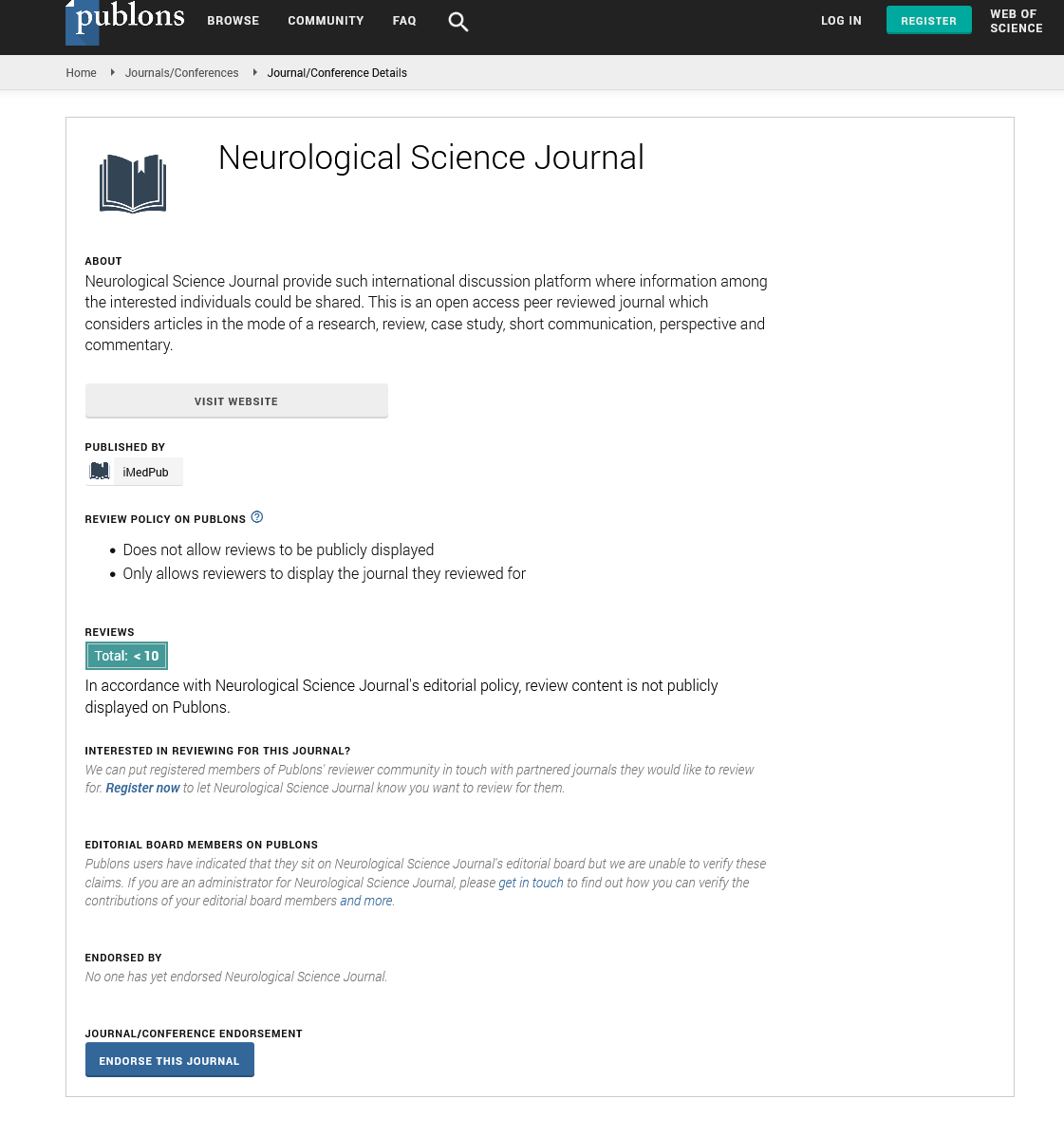Abstract
Epigallocatechin-3-gallate loaded PEGylated-PLGA nanoparticles: A new anti-seizure strategy for temporal lobe epilepsy - Amanda Cano- University of Barcelona
Temporal lobe epilepsy is the most common type of pharmacoresistant epilepsy in adults. Epigallocatechin-3-gallate has aroused much interest because of its multiple therapeutic effects, but its instability compromises the potential effectiveness. PEGylated-PLGA nanoparticles of Epigallocatechin-3-gallate were designed to protect the drug and to increase the brain delivery. Nanoparticles were prepared by the double emulsion method and cytotoxicity, behavioural, Fluoro-Jade C, Iba1 and GFAP immunohistochemistry studies were carried out to determine their effectiveness. Nanoparticles showed an average size of 169 nm, monodisperse population, negative surface charge, encapsulation efficiency of 95% and sustained release profile. Cytotoxicity assays exhibited that these Nano carriers were non-toxic. Neurotoxicity and immunohistochemistry studies confirmed a decrease in neuronal death and neuroinflammation. In conclusion, Epigallocatechin-3-gallate PEGylated-PLGA nanoparticles could be a suitable strategy for the treatment of temporal lobe epilepsy.
Activity possibilities are the consequence of layer depolarization which is achieved by an adjustment of the appropriation of particles across the film. Contrasts in particle fixations on one or the other side of a layer bring about an electrical charge differential across the film which is alluded to as an electrochemical potential. Changes in particle fixations on one or the other side of a film bring about depolarization of the layer. When a piece of a film is depolarized, the particle inclinations should be gotten back to the "resting" express, an interaction alluded to as repolarization. The development of particles across the layer is the capacity of proteins and protein edifices named particle channels. Since nerve transmission includes changes in voltage (charge) across the plasma layer, these particle channels react to the voltage changes and are, thusly, alluded to as voltage-gated particle channels.
Nerve motivations are communicated starting with one neuron then onto the next, or from a neuron to an objective tissue cell, at neurotransmitters by the arrival of synapses. As examined exhaustively all through this page, synapses can be little synthetics, like amino acids or amino corrosive subordinates, or they can be lipids, for example, the endocannabinoid, anandamide. As a nerve drive, or activity potential, arrives at the finish of a presynaptic axon, atoms of synapse are delivered into the synaptic space. The arrival of synapse includes the cycles of exocytosis.
At the point when an activity potential reaches the presynaptic terminal the layer depolarization brings about the launch of voltage-gated Ca2+ channels. The convergence of Ca2+ particles actuates the layers of synapse secretory vesicles to intertwine with the plasma film permitting the substance to be delivered into the synaptic split.
The opening of voltage-gated K+ channels happens much more slow than for the Na+ channels and they are not completely open until the Na+ channels have re-shut. The launch of the K+ channels permits K+ to leave the phone which brings the net charge inside the phone back to the refreshed state potential. The launch of the K+ channels, following conclusion of the Na+ channels, addresses the repolarization stage and finishes the activity potential.
Author(s): Amanda Cano
Abstract | Full-Text | PDF
Share This Article
Google Scholar citation report
Citations : 11
Neurological Science Journal received 11 citations as per Google Scholar report
Neurological Science Journal peer review process verified at publons
Abstracted/Indexed in
- Google Scholar
- Publons
Open Access Journals
- Aquaculture & Veterinary Science
- Chemistry & Chemical Sciences
- Clinical Sciences
- Engineering
- General Science
- Genetics & Molecular Biology
- Health Care & Nursing
- Immunology & Microbiology
- Materials Science
- Mathematics & Physics
- Medical Sciences
- Neurology & Psychiatry
- Oncology & Cancer Science
- Pharmaceutical Sciences
